We’ve adjusted our tools - Learn more
- Learn
-
Articles
Read about influencer marketing
-
Growthnotes - Newsletter
Insights for the modern marketer
Micro-influencer marketing is a powerful strategy for many different verticals and industries and you can use it to grow your revenue no matter what you sell. In fact, you can even use it for mobile apps.
It is a user acquisition channel, a content creation pipeline, and a top of the funnel awareness for your brand. There are many levers you can pull to leverage mobile application influencer marketing.
“ Over the last 2 years, we’ve experienced cases of influencer-driven UA ads performing twice as well (in terms of click-through rate %) as other creatives in our video networks at the time. ”
In this article, we show you some actionable tactics to skyrocket your mobile app marketing using micro-influencers.
Let’s get into it.
Most apps already have a referral or affiliate program. If you don’t, it is something to consider as an additional source of revenue.
A referral or affiliate program will allow you to identify your top-performing micro-influencers and build long-term relationships with them. If you can address your influencers’ audiences multiple times in a given period, you will increase trust, which by itself will affect your bottom line metrics.
For example, Aaptiv, a mobile fitness app, pays out its partners for every sale they make:
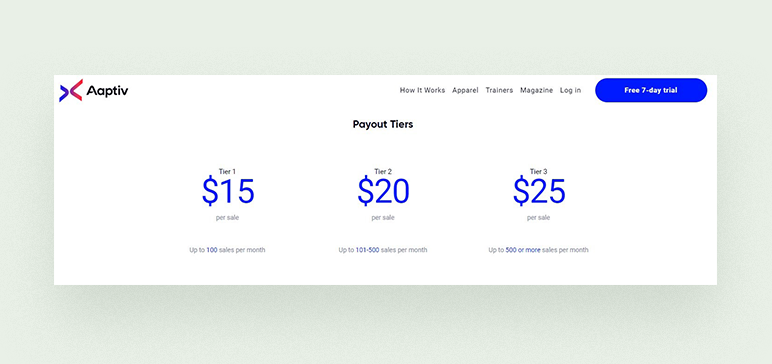
Additionally, you should consider incentivizing your mobile app downloads. Give discounts or exclusive in-app content that can only be accessed through your network of influencers.
Treat these ambassadors as your army of inbound salespeople promoting your app. Support them with the materials they need to promote and sell your app more easily.
Creating new ad concepts is challenging. When they see too much of the same old, your customers get bored and experience ad fatigue.
Combatting this phenomenon is a big part of media buying. You can leverage micro-influencers as content creators to generate outside-the-box concepts that will drive low CPIs. After all, they can come up with something you and your competitors have
Here is an example of a top-performing ad we have created through our micro influencer agency by leveraging influencers in our network:
You can use this tactic to create original content on new markets, fast.
For instance, we used the same strategy to help our client break into the Japanese and Portuguese markets in a matter of weeks. Influencers with high engagement rates are much more likely to create unique concepts.
If you want to learn more about how our software or our DFY service can help you scale influencer marketing for your mobile application, feel free to contact me
Goodwill is the holy grail of influencer marketing. If you’re helping the world in any shape or form, make sure to communicate it. Influencers are human beings, and they want to associate themselves with good causes.
For instance, Headspace, the meditation app, is offering free access to their app for any healthcare professional. Amid the Coronavirus, this good deed is carrying a lot of social capital.
Their Covid-19 specific page received over 30,000 shares on social media:
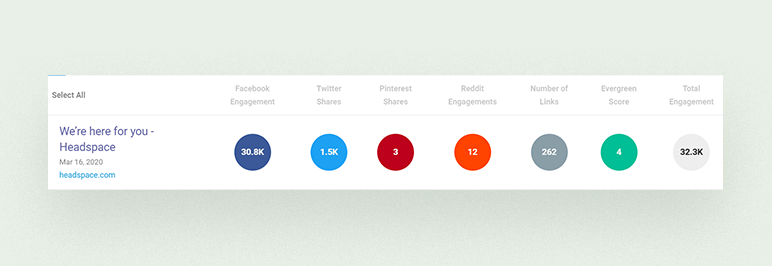
It also has received 568 new backlinks to their website in the same period:
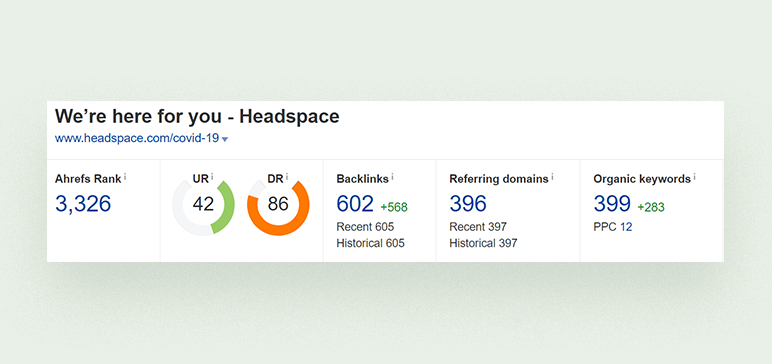
With mentions from some authoritative sites, to say the least:
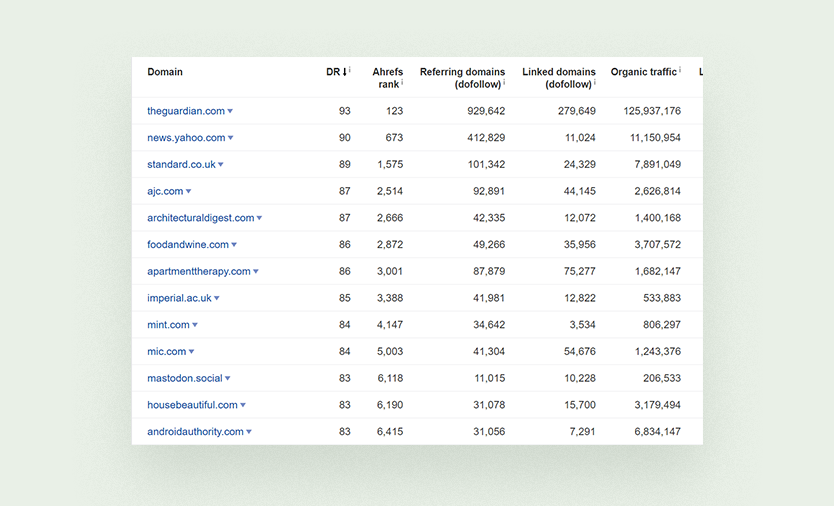
Needless to say that this love and compassion marketing play has paid off in every sense for them.
The consumer goods segment has also caught on to this, and many brands are leveraging it, such as Popsockets and their #poptivism movement:
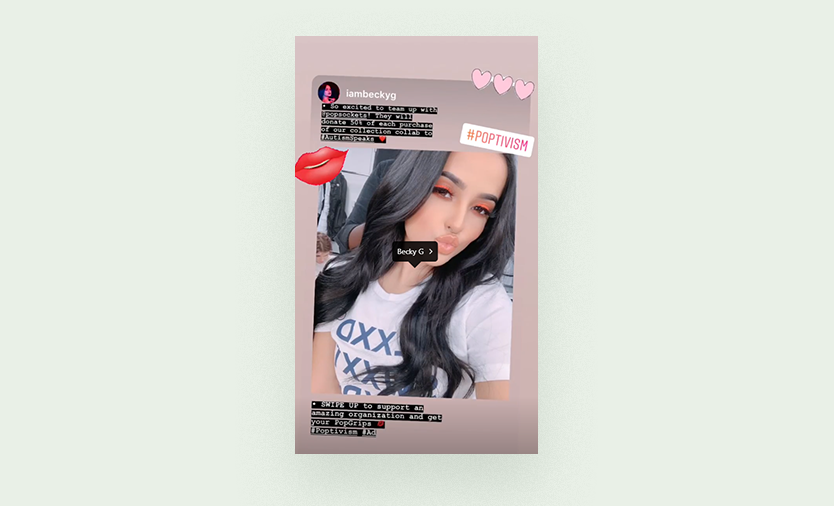
Becky G has 24,5 million followers on Instagram and gets upward of 750k likes per post.
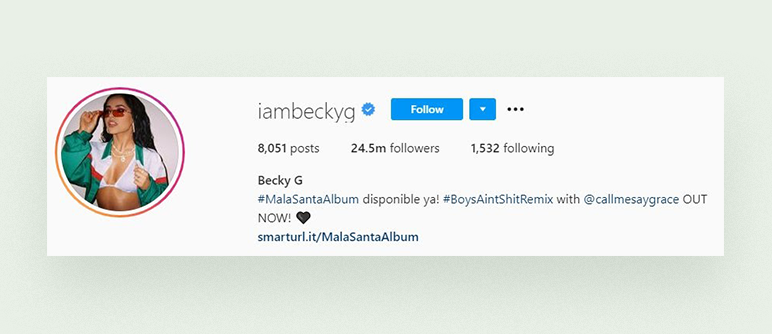
How did Popsocket connect with her? Well, she has an autistic brother, which probably made this collaboration a no-brainer.
By caring, Popsockets is opening the door for sizeable collaborations at a discounted price. It makes sense on a human level and it’s even justifiable on a financial level.
Check their Instagram page to see all of the celebrity endorsements they’ve got.
Caring for anything always makes it easier to connect with people.
If you’re doing marketing for a mobile game, this can be trickier, as the vertical gets a bad rep. Having said that, I recommend you think about incentivizing your influencers by giving a fixed amount to charity for each download they generate. Ironically, this will reduce your collaboration costs while improving your influencer’s sentiment about your game. If you segment your micro-influencer marketing efforts (i.e., targeting mothers), you can select a charity that aligns with their values. Use a website like Charity Watch to explore the most efficient charities.
TLDR; Caring is a door-opener. It will reduce your media costs, increase your retention, and empower your network effect.
If you choose to work with micro-influencers, you will have to manage exponentially more relationships than if you collaborated with macro-influencers or celebrities. We work and manage 500+ influencers a month on some campaigns.
I consider a micro-influencer as someone with anywhere from 5000 to 25,000 followers on Instagram or Tik Tok.
To succeed, treat micro-influencer marketing as a lead-intensive short sales cycle. You should use a robust CRM, such as Salesmate or Monday CRM to manage relationships, and software like inBeat, an influencer database, to find influencers (full disclosure, our team has developed the tool).

To maximize the impact of these collaborators, consider narrowing your targeting to a specific sub-market (language, region, demographic, etc.). This enables you to personalize your pitch for the target segment, earning more goodwill from the people you’re contacting.
Here is a pitch for mothers to sign up partners to an educational app:
The key is finding the right balance between personalization and automation.
Facebook has recently released a feature, which allows you to run ads directly through your influencers. For this to work, you need to enable partnerships in your Facebook Business Manager, and your influencer must also allow partnerships through their settings.
In the evolving landscape of social media advertising, Facebook's innovative feature enables advertisers to seamlessly partner with freelancers, injecting a burst of creativity into campaigns through diverse content strategies.
This is powerful.
Let’s say you work with 200 different micro-influencers, you have 200 different ad concepts, which will be displayed to your target audience through the page of your influencer. To set this up, read this article.
To make this work, provide your influencers with the right content guidelines, and copywriting structure so that these ads convert.
Here are some things to include:
These campaigns work best on a retargeting basis, as they will build reliable social proofing around your brand.
There is one significant downside to this method, however. The content format, intent, and placement of the ads are limited.
If you want to fully leverage your influencer-generated content (IGC) through Facebook ads, you should repurpose the content and run ads independently from the influencer. To do so, make sure that you have agreed on your rights on the content.
This tactic is especially useful for mobile app games because themed pages will gladly repost your content in exchange for compensation.
A themed page is not an influencer in the typical sense of the term, because they don’t create their content. They are reposting content from other pages. They are curators.
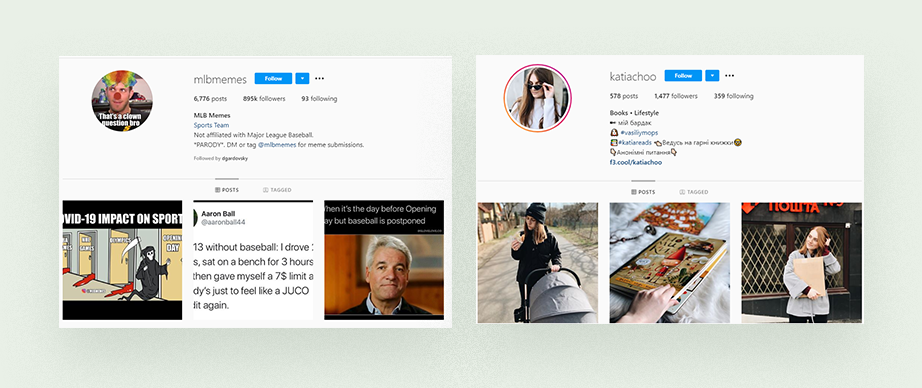
The opportunity lies in the fact that these profiles are not solicited like influencers are. This means you can collaborate with them for 10% of the typical cost for an influencer. You must consider that these profiles will not create content for you; This is a traffic play.
Theme your content to the topic of the profiles you are targeting. For instance, if you pitch memes pages, it is relevant for you to create memes around your brand, which will expand your engagement and relatability.
The only goal you have when using this method is to drive quality traffic. Prioritize the Instagram Story with a swipe-up as your media format.
We know that blogging is not the most popular tactic for app creators, but I decided to include it here as nothing can help build credibility and authority more than a well-written blog.
If your app has a website, starting a blog is a sustainable method for acquiring traffic and, as a result, new users at a minimal cost. A blog connects you to your users on a genuine and human level. They read your insights, valuable tips, and get to know you and your brand better. Blog is a great way to cut your acquisition costs and build user retention.
Here are some tips for choosing your blog topics for your app's website:
Buffer's blog is an excellent example of how an app's blog offers content that gives actionable tips to startups on building and marketing their business:
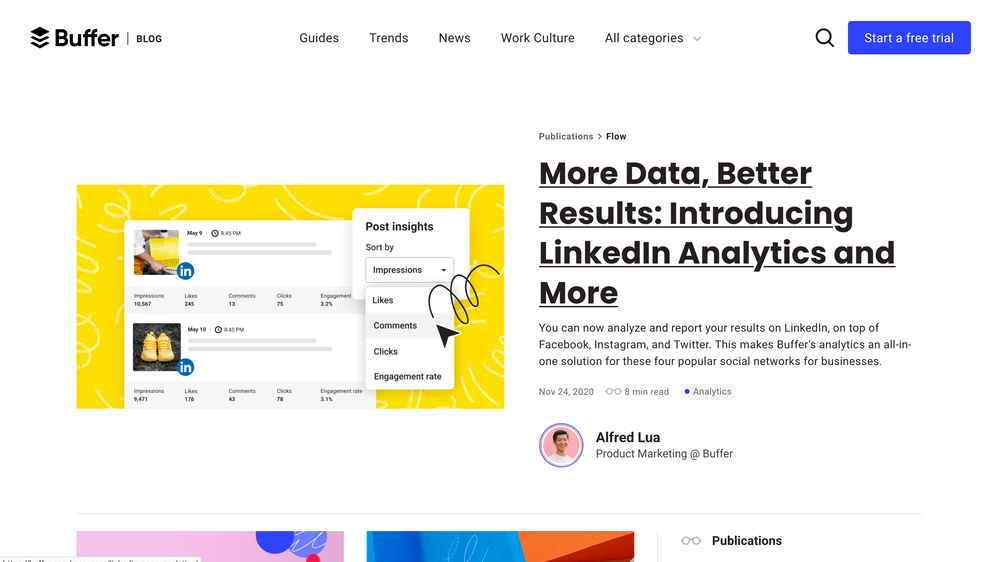
There are multiple ways for your app to leverage micro-influencers. The key to a winning campaign is to pre-define what you’re looking to achieve.
Some brands seek content which they can deploy to their paid media channels. Other apps are after traffic and traffic only.
Don't know where to get started? First, you can try and find influencers in our database. And if you want us to build your entire influencer campaign, you can book a call with our agency.
Good luck with your micro influencer campaigns